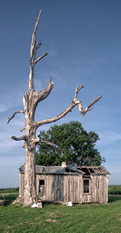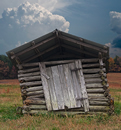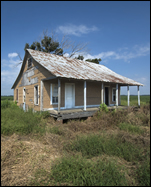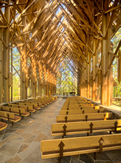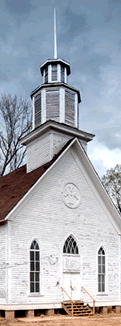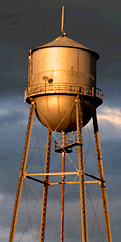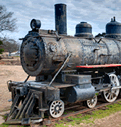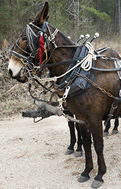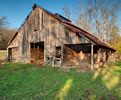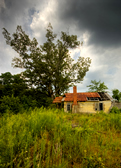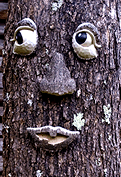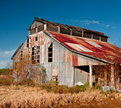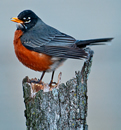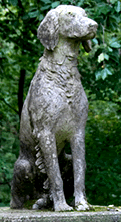A Sharp Eye Will Find It.
From the nearest road, good and quick peripheral vision is required to catch a glimpse of this barn — or else you will miss it. A growth of pine trees separates the barn from the road. As you emerge from the road and wade into knee-deep grass, this is what you see.

Sunday, November 9, 2014
Pine Buff, Arkansas
On more than one occasion I have bemoaned the fact that our inventory of old barns is self-liquidating and further, that succeeding generations will probably not be afforded the opportunities we now enjoy to see and appreciate the old structures. Then, I ran across the object of our affections for this week. I’m not certain how old the structure is, but since it has fallen into disuse I suppose it qualifies to be in the “old barn” category — if there is such an animal.
The old structure is on a “likely” road off Arkansas Highway 205 north of Thornton, Arkansas, in Calhoun County. The road looked promising, so I turned off and in less than a quarter mile, my peripheral vision notified me that there was a man-made object to my immediate left. I made a mental note of the location and proceeded down the road to see if there were other opportunities.

Feeding Shed
Circling the barn from left to right, we see the livestock feeding shed from the back (presuming what we call the “front” is indeed the “front”). Note the descending l slope from the feeding area, a good idea since unowhat runs downhill.
After a mile or so, I ran into a bivouac deer camp, which appeared to be in the reinforced rifle platoon size. These dudes are serious deer hunters. I struck up a conversation with a man who appeared to be the spiritual leader and told him what I was doing. He told me about the barn I'd passed and mentioned no others further down the road. I thanked him, we bade a farewell and I made tracks back to the barn.

Let's Have a Look Inside.
Proceeding past the feeding shed, we take a peek inside the barn, typical in every way: hard-packed dirt floor, some loft space, big doors at each end for easy drive through, bottom boards between the columns to support makeshift floors, and stall space. This barn is unusual in that it is not full of family rejects, that is: stuff you do not want to throw away, but you do want out of sight.
There was no vehicular access but the barn was in a clearing, no more than 30 yards off the road through a growth of pine trees, a short and easy walk. It appeared that there had been no traffic to the barn in recent times. It is wooden framed and covered with “roofin’ arn,” AKA corrugated metal roofing, all of which was intact. Indeed everything was. This barn is not yet of the age where Mother Nature is winning.

Back of the Barn
This is the view from the back, which is amazingly like the look from the front. A leading clue that tips us off is the presence of the equipment shed on the left.

In a Doughnut Hole
Moving right along, you are looking at the front from the toolshed side. Now that the circle is complete, we have confirmed that the barn lives in a doughnut hole.
The barn is of typical construction for livestock — a large central storage area with a covered feeding shed on one side and an equipment storage shed on the other side. That said, it is worthy to note the lack of meadow muffins on the premises, a sure sign there has been no recent occupation by cattle. And, since the barn is surrounded by pine trees in the 50- to 60-feet-tall range, it is safe to say that land once dedicated to grazing is now dedicated to timber.

No Easy Passage, but So What?
If you blink, you miss it. This is the barn from the road. Chances are it will stay reasonably unmolested since one has to stomp through weeds and or walk through a ditch to get to it. Not many people want to stomp through a ditch or wade through weeds. I savor the idea.
Sooner or later, Mother Nature will catch up with the barn, but for the time being we have seen an intact “old barn,” a relatively rare observation. You saw it here first.

But wait, there's more —
Along the lines of “old things,”
we take an archival look
at a disheveled dogtrot house
that was jacked-up, moved
about 40 miles or so, rebuilt,
and then furnished to its former glory.
At Weekly Grist for the Eyes and Mind you can read the story of how the old dogtrot house at Smead, Arkansas, became the new improved dogtrot house at Pumpkin Hill near Rison, Arkansas. Be sure and look for gallery links at the end of the story. Click and go.

















